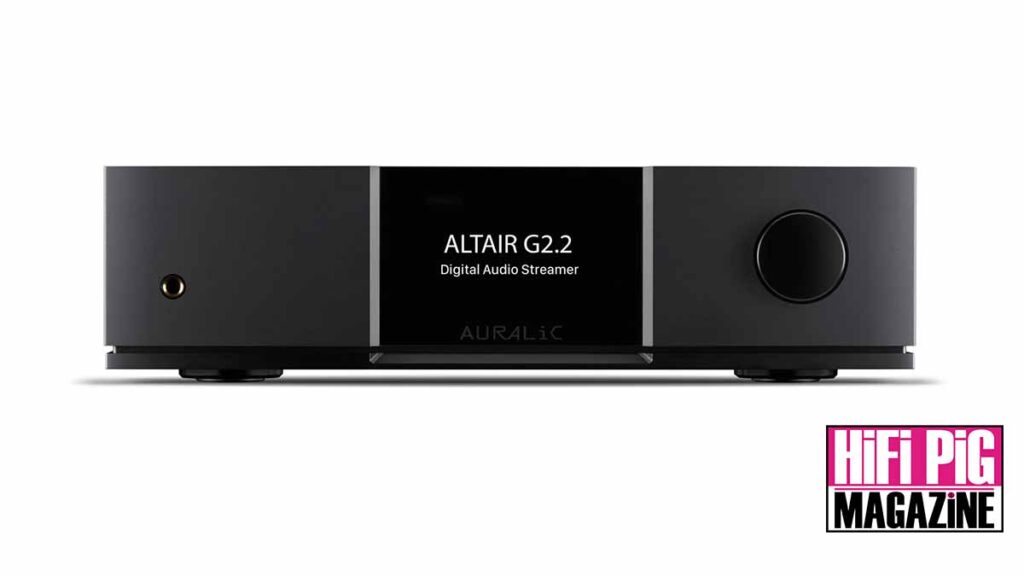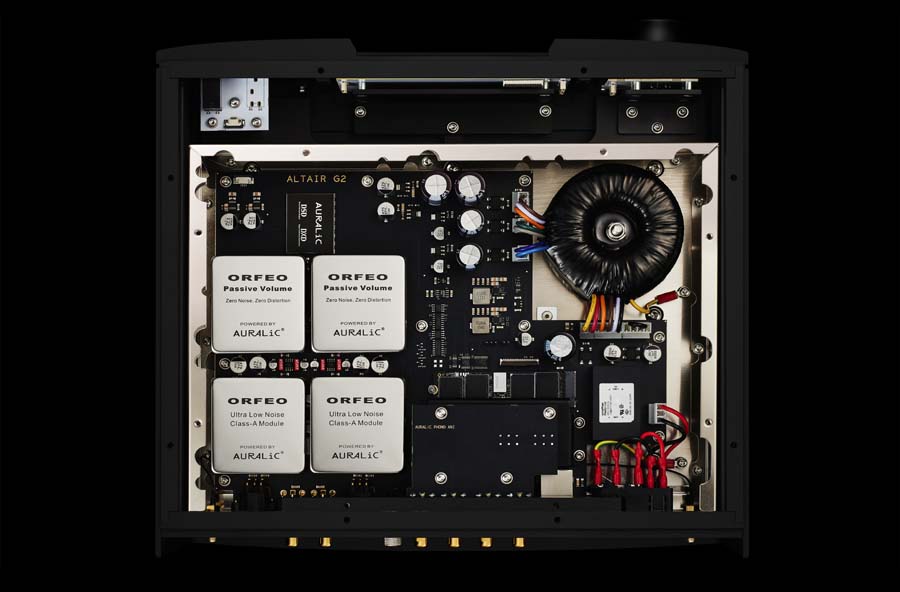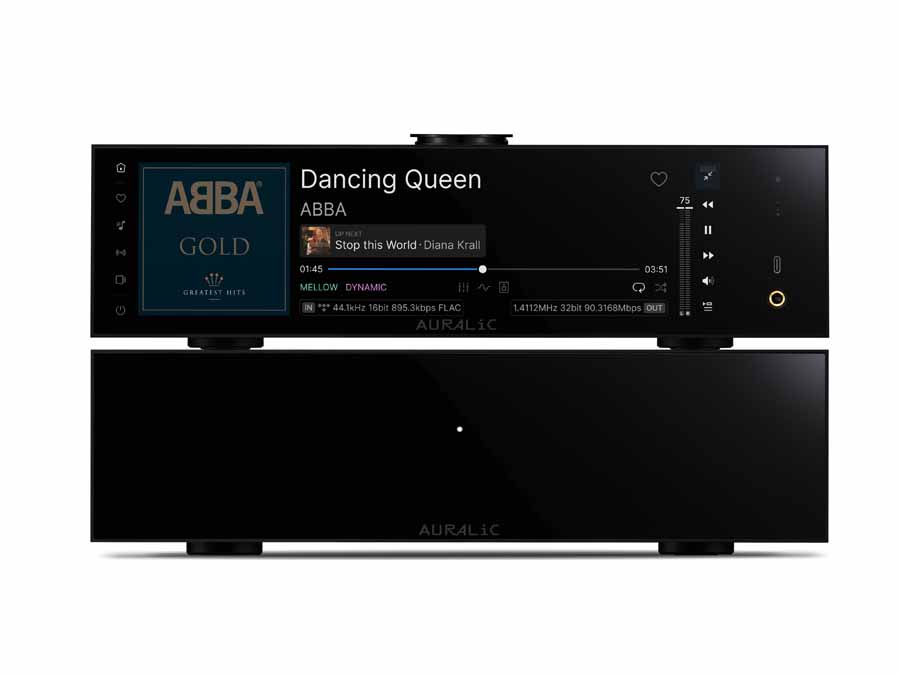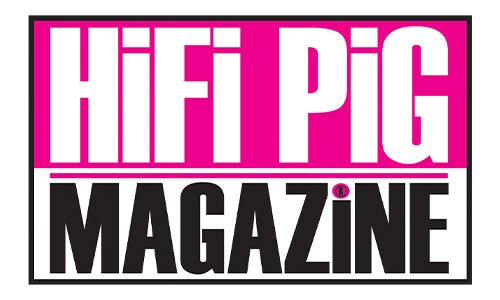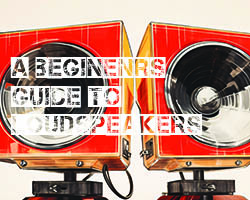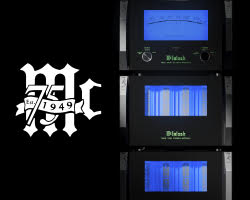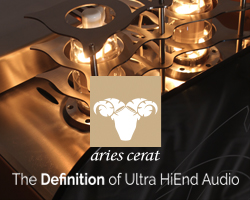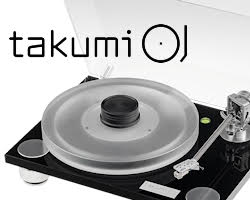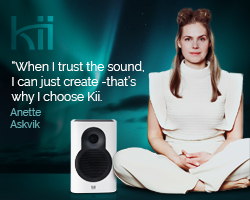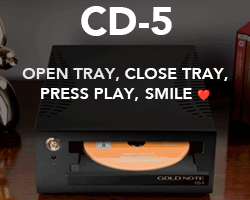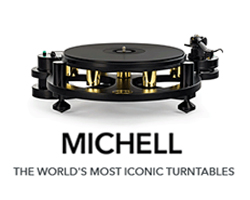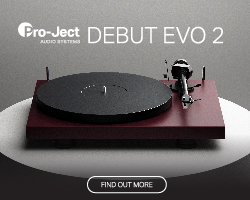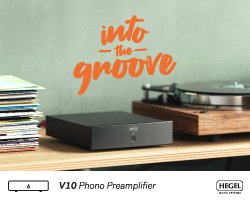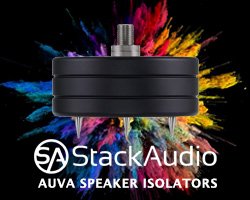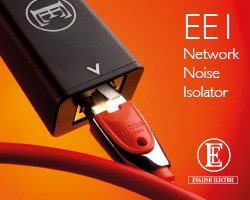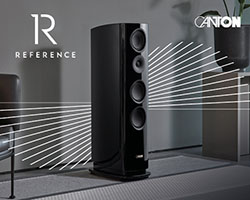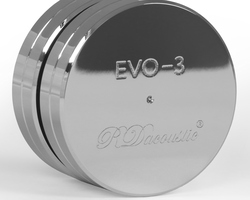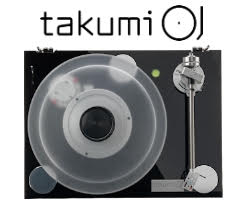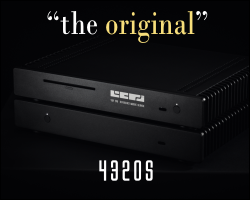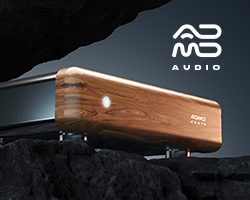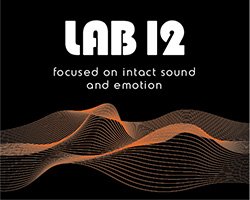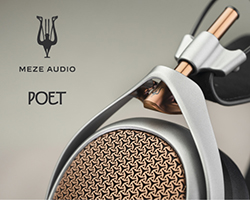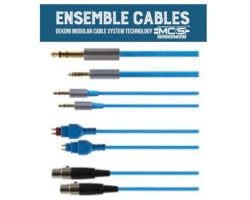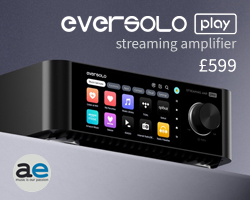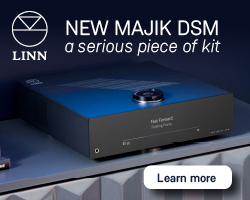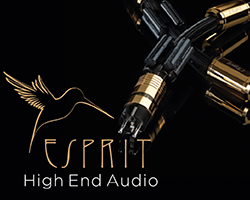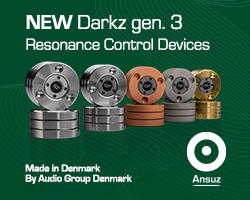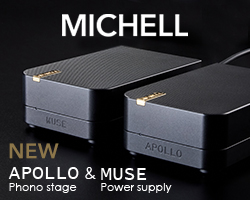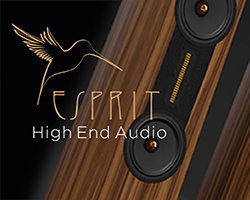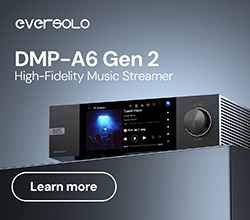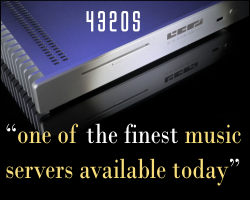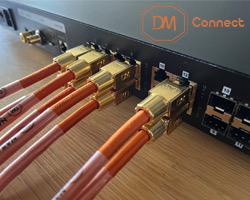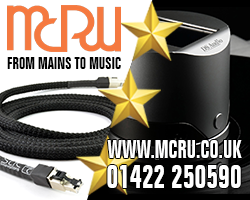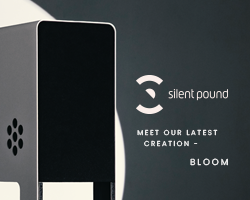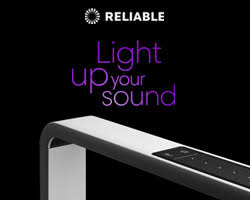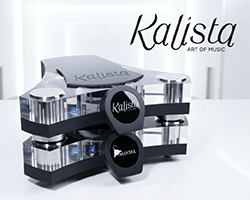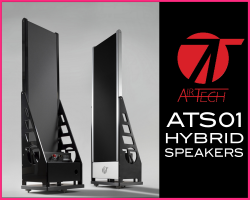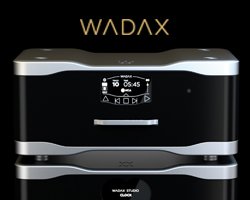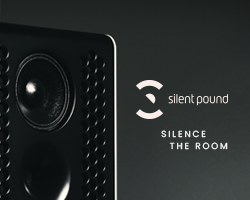AURALIC LIGHTNINGCAST ANDROID BRINGS BIT-PERFECT STREAMING TO ANDROID DEVICES
Auralic LightningCast Android is an open-source streaming system designed for high-resolution audio.
Aimed at Android users, LightningCast Android allows tablets and phones to stream bit-perfect audio to compatible HiFi systems, offering an alternative to options like AirPlay and Chromecast, which don’t support full-resolution playback.
Auralic will demonstrate LightningCast Android at High End Munich 2025, next week.
HOW AURALIC LIGHTNINGCAST ANDROID WORKS
LightningCast works by capturing the audio data before it is processed by Android’s built-in audio system. This allows it to maintain the integrity of the original audio signal. Users control playback using the official streaming apps—such as TIDAL, Qobuz, or Apple Music—on an Android tablet or phone, which then streams audio directly to LightningCast-compatible devices on the same network.
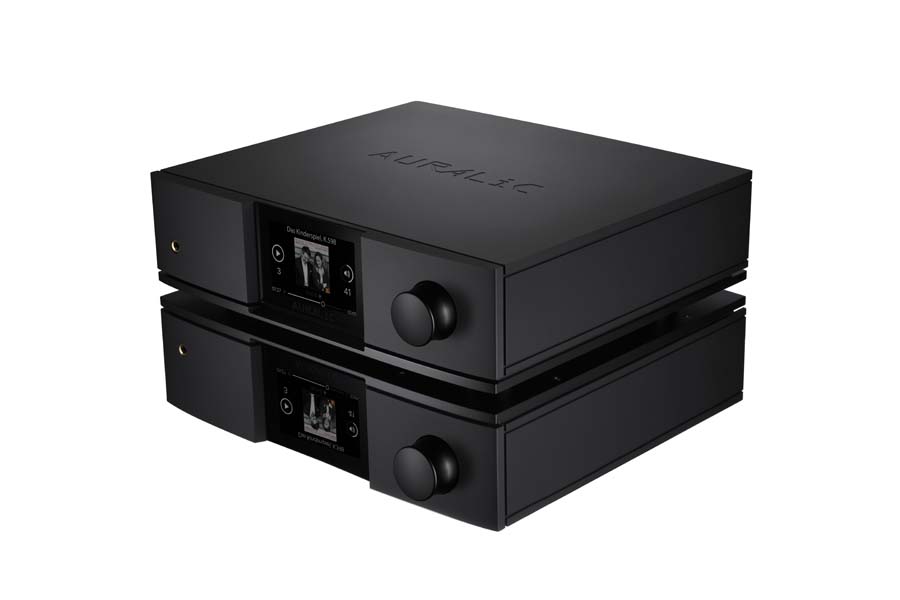
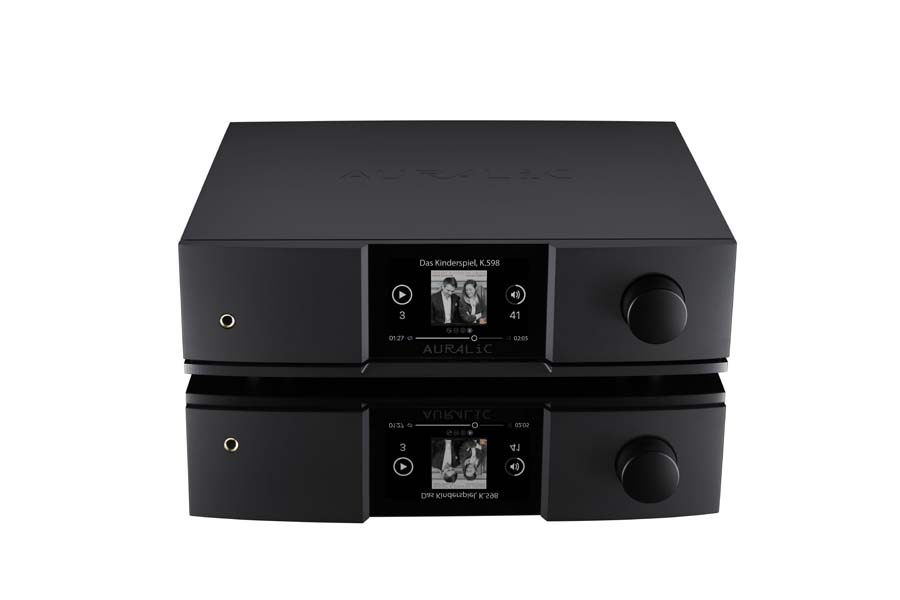
DESIGNED TO AVOID COMMON ANDROID STREAMING LIMITATIONS
Unlike streamers that run full Android systems, which can suffer from outdated software or audio quality compromises, LightningCast separates app control from audio playback. The Android device handles streaming app control, while the actual playback is managed by a dedicated streamer running optimised software for audio performance. This approach avoids the limitations of Android’s resampling and hardware integration.
SUPPORTED DEVICES AND SYSTEM REQUIREMENTS
LightningCast Android is based on LineageOS 21 and 22, with a pre-built version available for the Google Pixel Tablet. It can also be compiled for a wide range of other devices. On the receiving end, AURALiC’s G, S, and latest X Series streamers support LightningCast via a firmware update. The technology is open-source, meaning third-party developers and manufacturers can adapt it to other hardware.
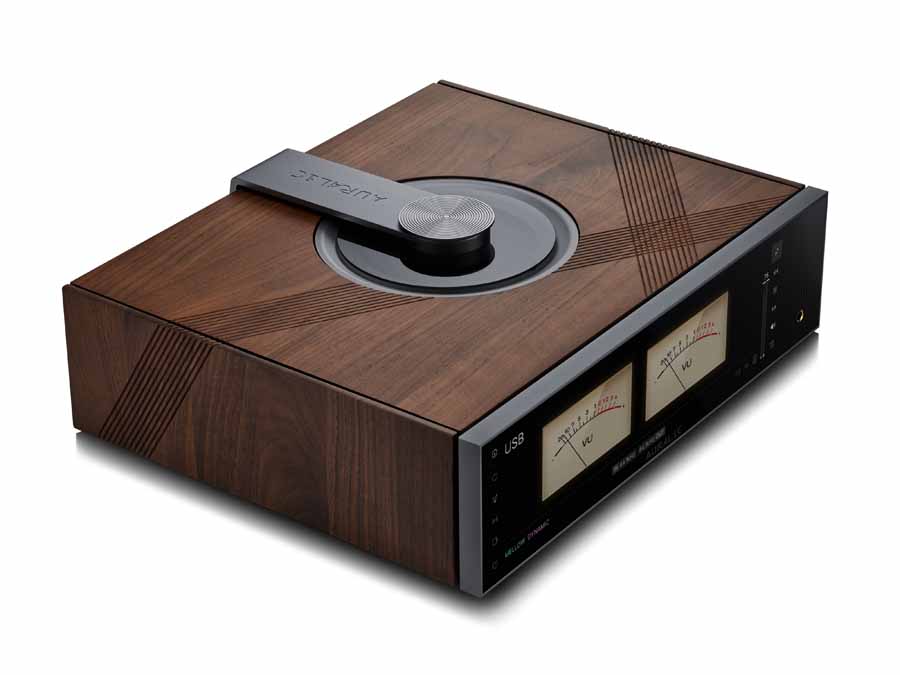

SAMPLE RATE AND BIT DEPTH SUPPORT
LightningCast supports sample rates from 44.1kHz to 192kHz and bit depths of 16, 24, and 32 bits. When used with a suitable streamer and app, it can deliver performance comparable to file-based playback systems, provided all audio processing features in the streaming app are turned off.
RELIANCE ON A STABLE LOCAL NETWORK
As a live-streaming system, LightningCast doesn’t use caching, so it relies on a reliable local network connection between the Android device and the streamer. Internet speed has less impact on performance than local network stability, particularly Wi-Fi strength within the listening environment.
APP SUPPORT AND COMPATIBILITY NOTES
LightningCast has been tested with a number of streaming services, including Apple Music, Qobuz, TIDAL, Spotify, and others. Some apps, such as Amazon Music, may resample audio regardless of settings, which can reduce sound quality. AURALiC provides guidance on optimal settings for each supported app on their website.
OPEN-SOURCE AND DEVELOPER-FRIENDLY
Both LightningCast and LightningCast Android are available as open-source software for personal use. Developers can download the code from GitHub, and experienced users can build custom versions for a wide range of devices. AURALiC encourages third-party involvement, with commercial licensing available on request.
A PRACTICAL OPTION FOR ANDROID USERS SEEKING HiFi STREAMING
LightningCast Android provides a practical way for Android users to stream high-resolution audio from their preferred apps, without relying on closed ecosystems. It offers a route to better sound quality and longer-term compatibility by focusing on audio performance rather than touchscreen controls or bundled software.
Read our recent review of the AURALiC Altair G2.2 Digital Audio Streamer here.
HiFi PiG Says: Visitors to High End Munich 2025 will be able to find out more about Auralic’s LightningCast Android.
























































